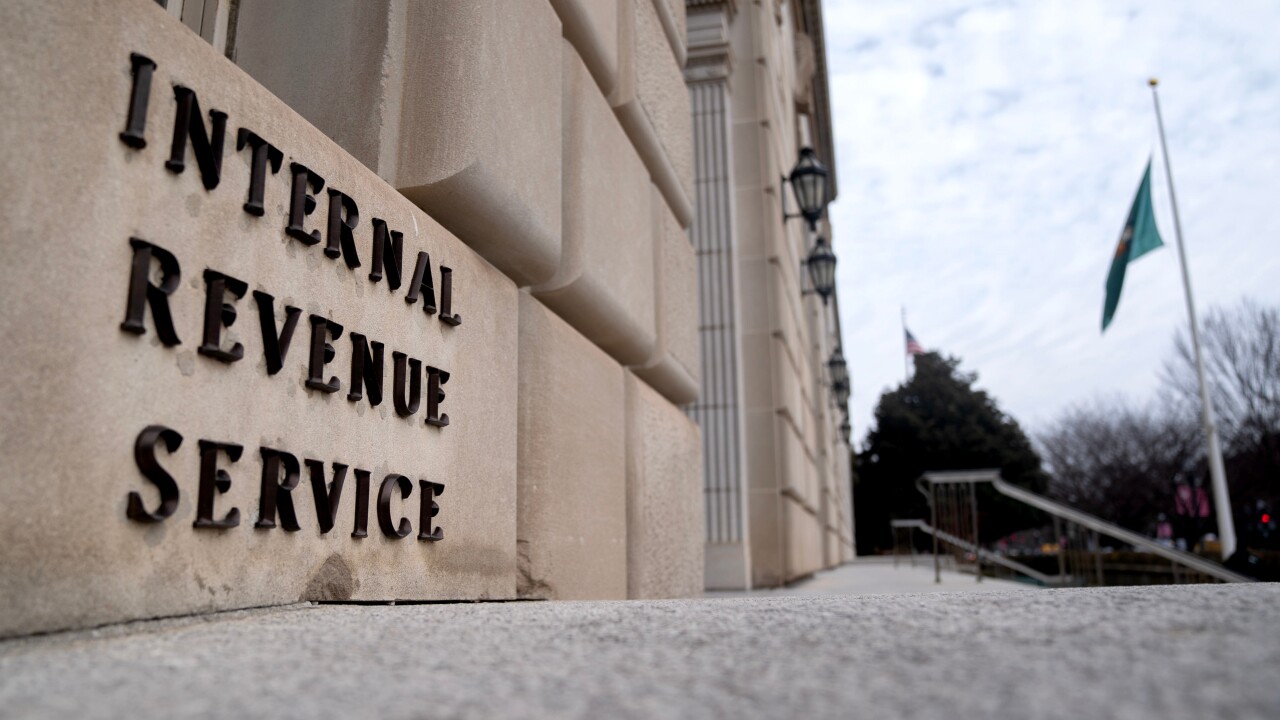The Internal Revenue Service isn’t always making sure small businesses who claim the research tax credit against their payroll taxes are eligible to claim it and are claiming the correct amount, according to a new report.

The
However, TIGTA found the IRS doesn’t have processes in place to identify small businesses that don’t meet the eligibility requirements and dollar limitations for claiming the research credit. TIGTA’s review of 1,467 businesses claiming over $53.2 million in research credits on tax year 2017 employment tax returns identified 143 businesses that claimed or received approximately $11.8 million in potentially erroneous research credits. TIGTA identified 81 businesses that had potentially erroneous research credit claims, totaling nearly $2.8 million, because they didn’t meet one or more of the eligibility requirements.
For purposes of claiming the research credit, the IRS defines a qualified small business as a corporation (including an S corporation or partnership) that both filed a tax year 2016 income tax return claiming gross receipts of less than $5 million for the tax year, and had no gross receipts for any tax year before the five tax year periods ending with the tax year for which the claim was made. Any other business can be considered a qualified small business if the business meets both requirements, taking into account the aggregate gross receipts received in all the trades or businesses.
On an annual basis, a qualified small business specifies the amount of research credit it elects to claim against its employer portion of the Social Security tax liability. The maximum research credit allowed per year is $250,000, up to a total maximum of $1,250,000 over five years. Generally, the election is calculated and made on Form 6765, Credit for Increasing Research Activities, which is then included when the business files its income tax return.
TIGTA also found 55 businesses with potentially erroneous research credit claims totaling $586,190 on a return prior to when the credit became available. The IRS agreed with 50 of the identified cases.
The report recommended that the commissioner of the IRS’s Small Business/Self-Employed Division, review the potentially erroneous research credits claimed by the 81 businesses that didn’t meet the eligibility requirements, and review and implement post-processing initiatives. TIGTA also suggested the commissioner of the IRS’s Wage and Investment Division implement procedures to identify returns that claim the credit prior to when the credit became available and ensure that the tax accounts for the 50 businesses claiming the credit prior to when it became available are adjusted. The IRS agreed with all five of TIGTA’s recommendations and plans to take corrective actions.
In response to TIGTA’s findings, an IRS official said the agency is developing post-processing compliance initiatives to ensure that eligibility for the research credit has been met, and to ensure the accuracy of the credit amounts claimed.
“Verifying the eligibility and the amount of the credit that may be claimed against the employer portion of Social Security is challenging,” wrote Mary Beth Murphy, commissioner of the IRS’s Small Business/Self-Employed Division, in response to the report. “It cannot be determined from information on a single return and associated schedules.”
She noted that the IRS has already implemented some systemic checks to verify certain limitations and is evaluating whether additional checks are feasible. It’s also preparing a compliance plan that will include prost-processing compliance checks. However, she disagreed with some of the revenue figures cited by TIGTA in the report.





